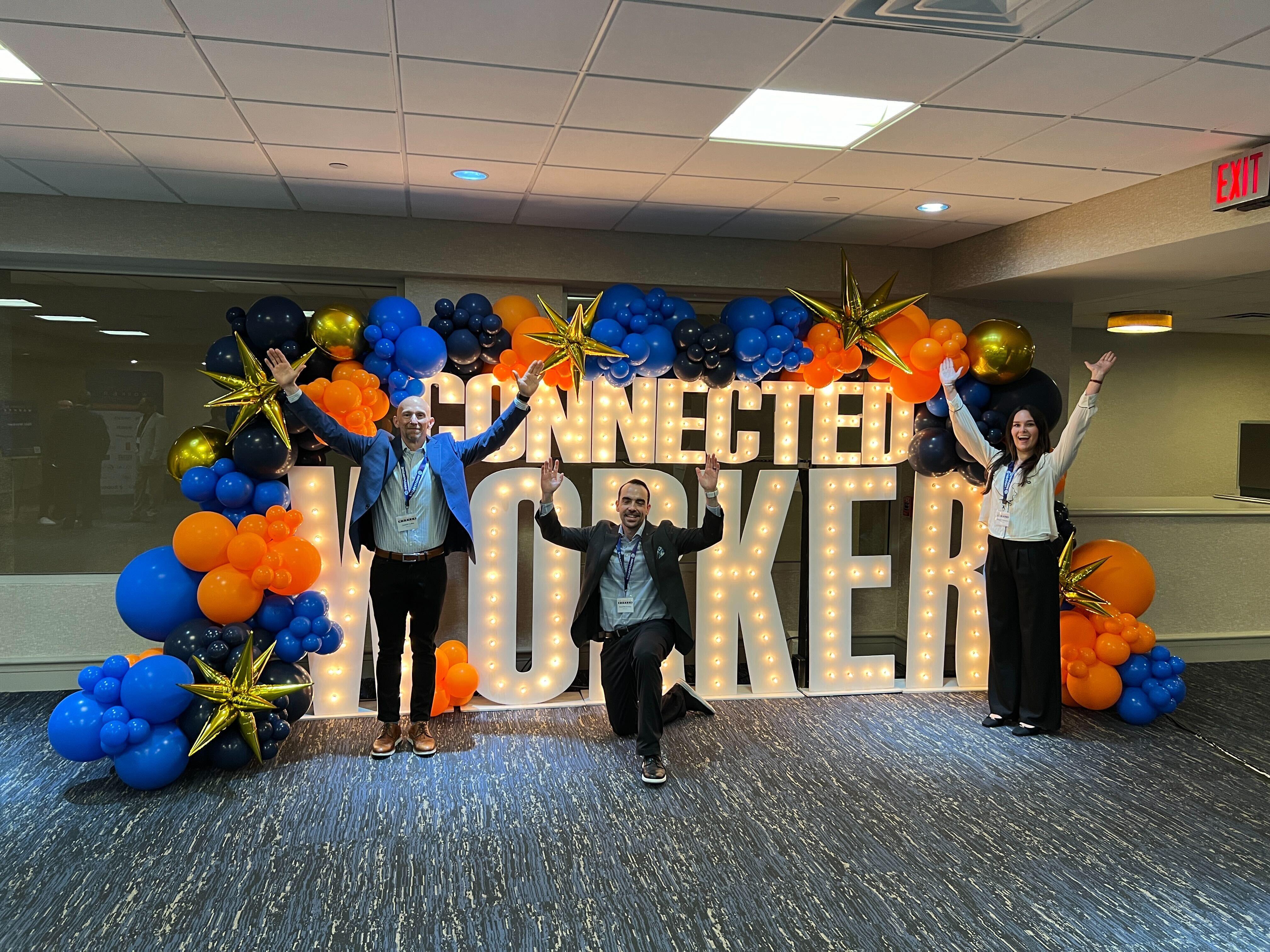What Field Leaders Are Telling Me About Frontline App Frustrations
By Megan Valesano on May 29, 2025

Every day, I talk to operations, digital transformation, and IT leaders responsible for rolling out new technology to their field teams. And while their industries vary, from field service to distribution to manufacturing, the themes I hear are strikingly similar.
Here’s the pattern: they’ve invested in a modern mobile app, finally ditched paper processes, and spent months planning the rollout. But then something unexpected happens.
The rollout goes live… and the frontline teams struggle.
Not because the app is broken. Not because the tech is bad. But because their people weren’t properly prepared to use it.
“We spent seven figures on this app, and now I’m fielding angry calls about how to use it.”
That’s a real quote from a regional ops leader in transportation. She told me her team was excited to digitize a key workflow, but two weeks post-launch, her frontline workers were texting supervisors with basic questions like how to close out a task or where to find forms.
They had traditional training: PDF job aids, a kickoff webinar. But when the rubber met the road, those resources didn’t help in the moment. Field employees weren’t confident, and that lack of confidence created resistance, mistakes, and slowdowns.
“They say the app is clunky… but I don’t think it’s the app.”
This came from an IT director at a logistics company. His team was hearing complaints about their new field service tool, and at first, he assumed the platform needed fixing.
But after digging deeper, he realized the bigger issue wasn’t with the app’s design, it was that users didn’t know how to use it effectively. Training happened weeks before go-live. There was no in-the-flow support. And users were relying on memory or handwritten notes in the truck.
By the time he got involved, frustration had already taken root, and users were blaming the tool instead of the process.
“We thought PowerPoint lessons in a classroom setting would suffice”
I hear this more often than you’d think. And it’s rarely said with pride, usually it’s a sigh of frustration. These leaders know they’re asking a lot of their frontline teams. The pace of change is faster than ever (especially with AI tools entering the equation). The apps are more complex. The AI should help automate, but field workers are nervous about it. And the field isn’t an easy place to learn. Being brought into classroom settings to go through 150 pages of a PowerPoint slide isn’t engaging. And most of the time it takes away from the work that needs to be done in the field.
But there’s a gap between what the business intends to deliver in training and what the frontline actually experiences. That’s where Skyllful comes in... but I’ll save the pitch.
Because at the end of the day, what’s clear is this: the frustration frontline workers feel is real, and it’s widespread. I hear about it every single day. And no matter how good the tech is, adoption will always suffer if training is an afterthought.
If you’re rolling out new tech to your frontline teams, I’ll leave you with this:
- Don’t assume traditional training methods will stick.
- Don’t expect your field teams to become app experts overnight.
- And most importantly, don’t wait until your inbox is full of complaints to realize there’s a better way to prepare your teams.
I’d love to hear what you’re seeing out there. Send me a message or connect with us at Skyllful. Because solving this challenge is possible, and we talk to people doing it right every day.
You May Also Like These

4 Takeaways from the 2024 Connected Worker Houston Summit
Discover key insights from the 2024 Connected Worker Houston Summit, highlighting the pivotal role of people in digital transformation, advocating for frontline empowerment, and the intersection of technology and humanity. Explore how prioritizing these aspects can drive organizational success in an increasingly connected world.

From Sales Reps to Service Techs: Why Med Device Field Teams Need Purpose-Built Digital Training
Discover why medical device field teams, from sales reps to service techs, need digital training to drive compliance, productivity, and customer trust.

Preparing Field Technicians for SAP FSM: 20 Key Lessons
Prepare your field service teams for SAP FSM success. See how Skyllful helps technicians master SAP workflows through mobile-first, real-world training.